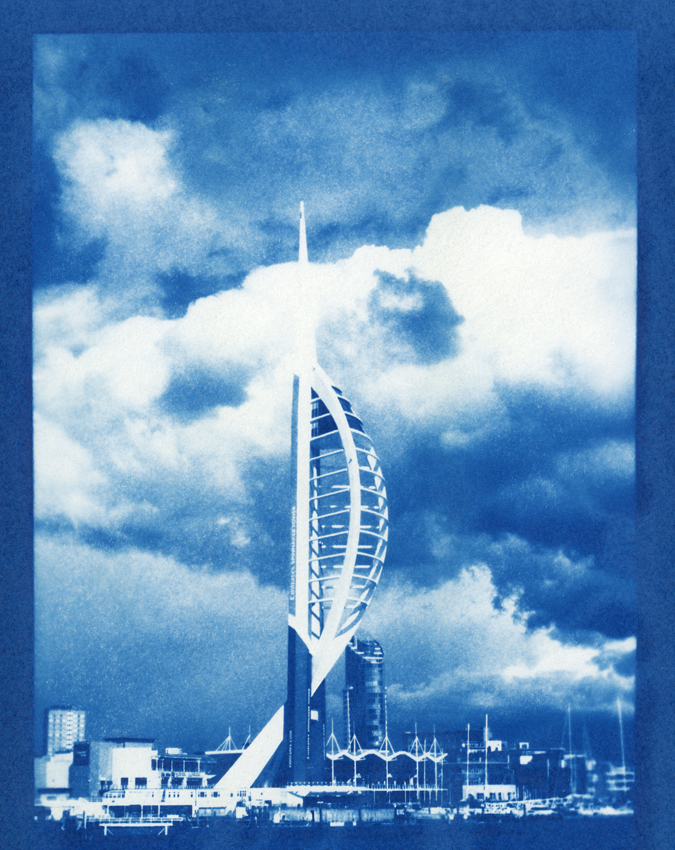PhotographyStudent98
Member
HELP!
I've bought sunprint paper for a college project which only works with UV rays. The thing is I don't want it to look boring by just putting an object on the paper and leaving it in the sun so what I was wondering was if there was any way I could use the sunprint paper in the darkroom? Like is there some sort of Equipement i could buy for an enlarger to make it uv light instead of white light?
Thanks!
I've bought sunprint paper for a college project which only works with UV rays. The thing is I don't want it to look boring by just putting an object on the paper and leaving it in the sun so what I was wondering was if there was any way I could use the sunprint paper in the darkroom? Like is there some sort of Equipement i could buy for an enlarger to make it uv light instead of white light?
Thanks!










 I think OP doesn't want to make a photogram and doesn't have any big negatives.
I think OP doesn't want to make a photogram and doesn't have any big negatives.

